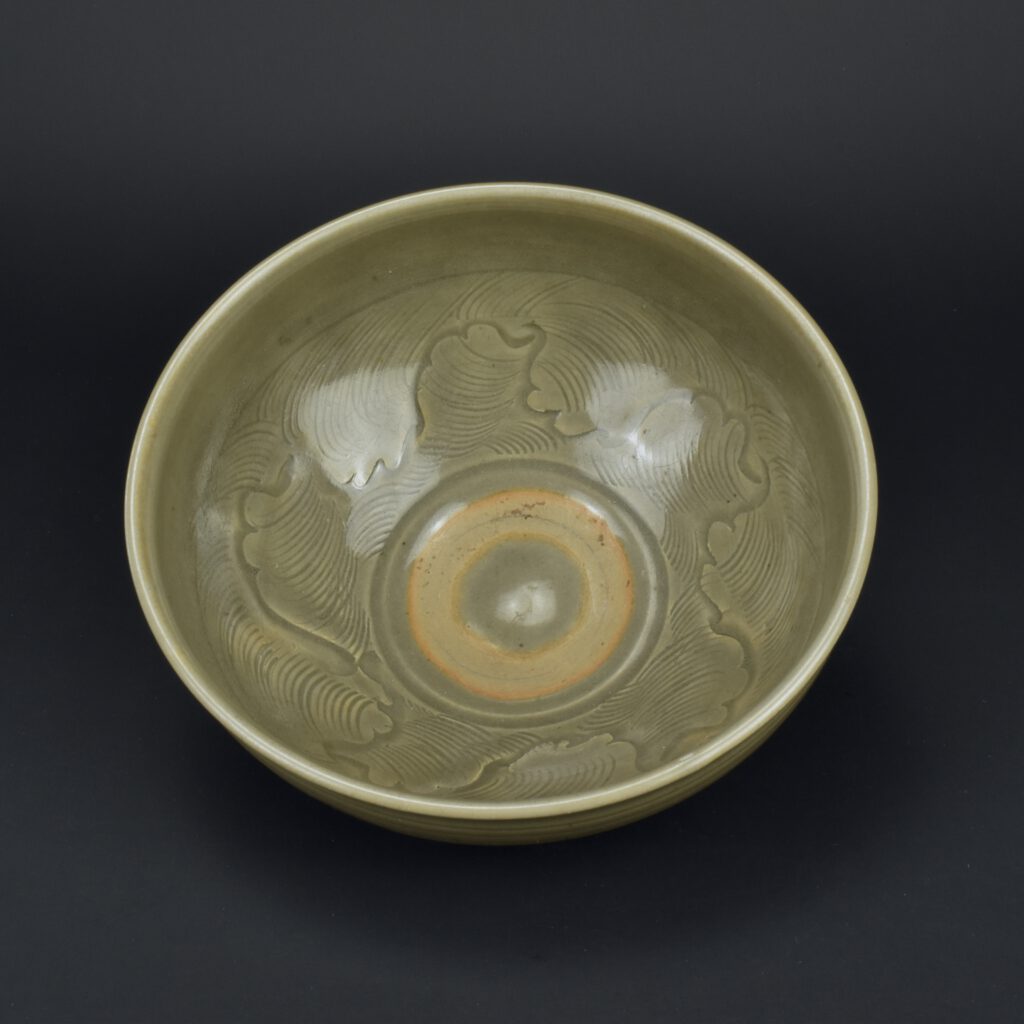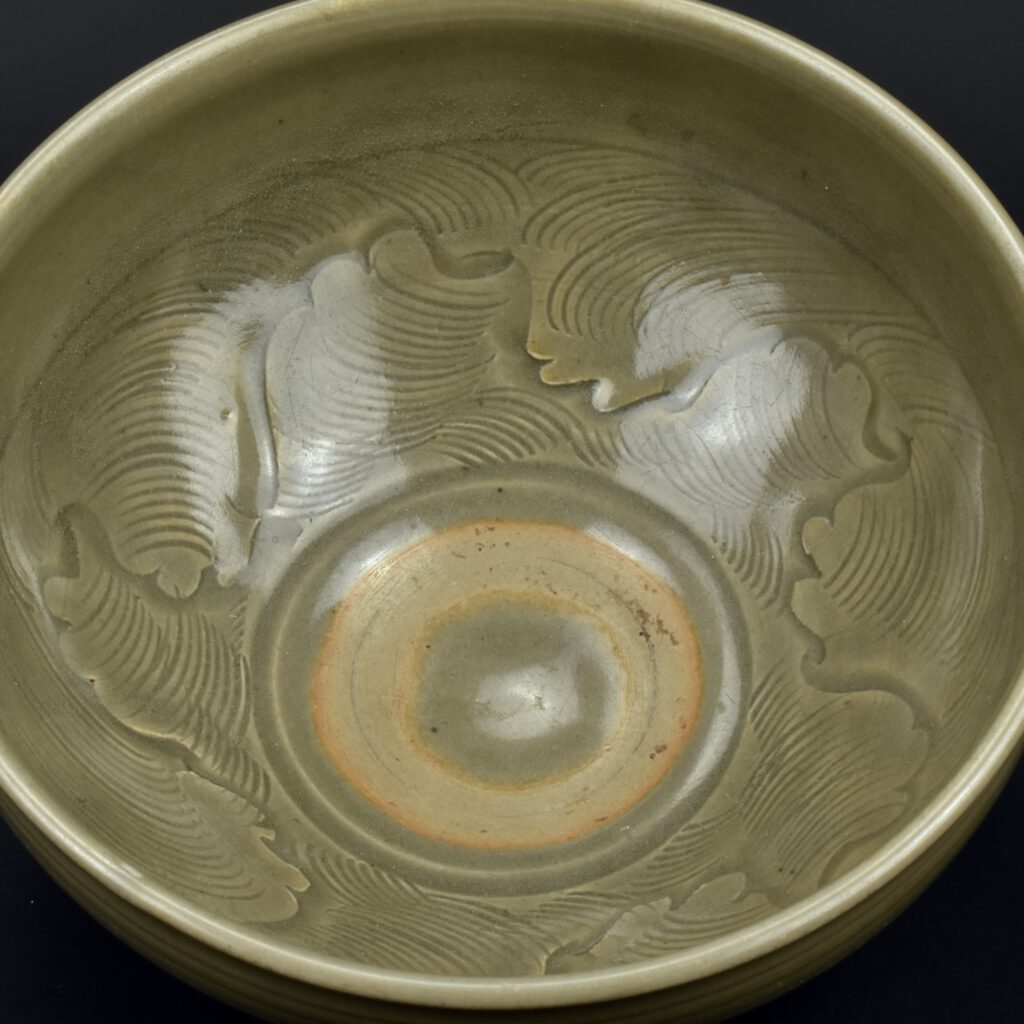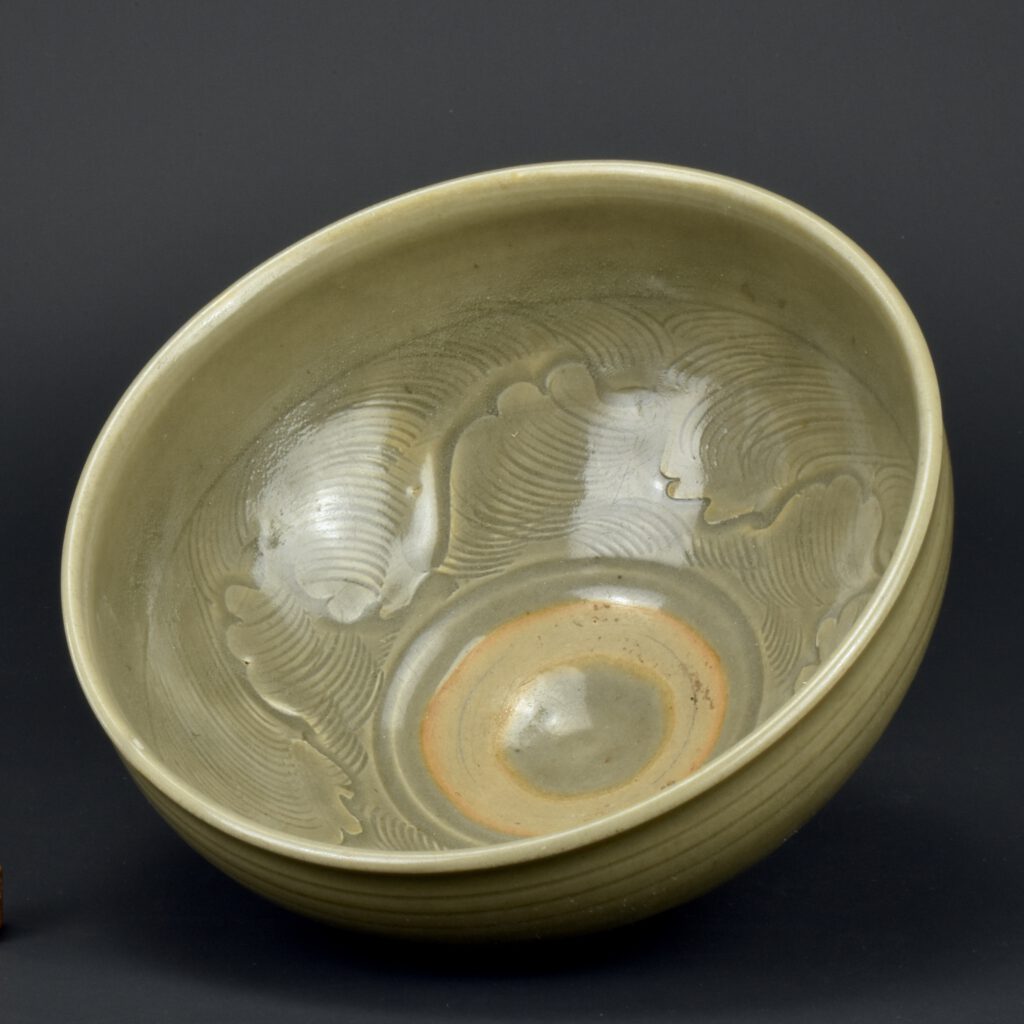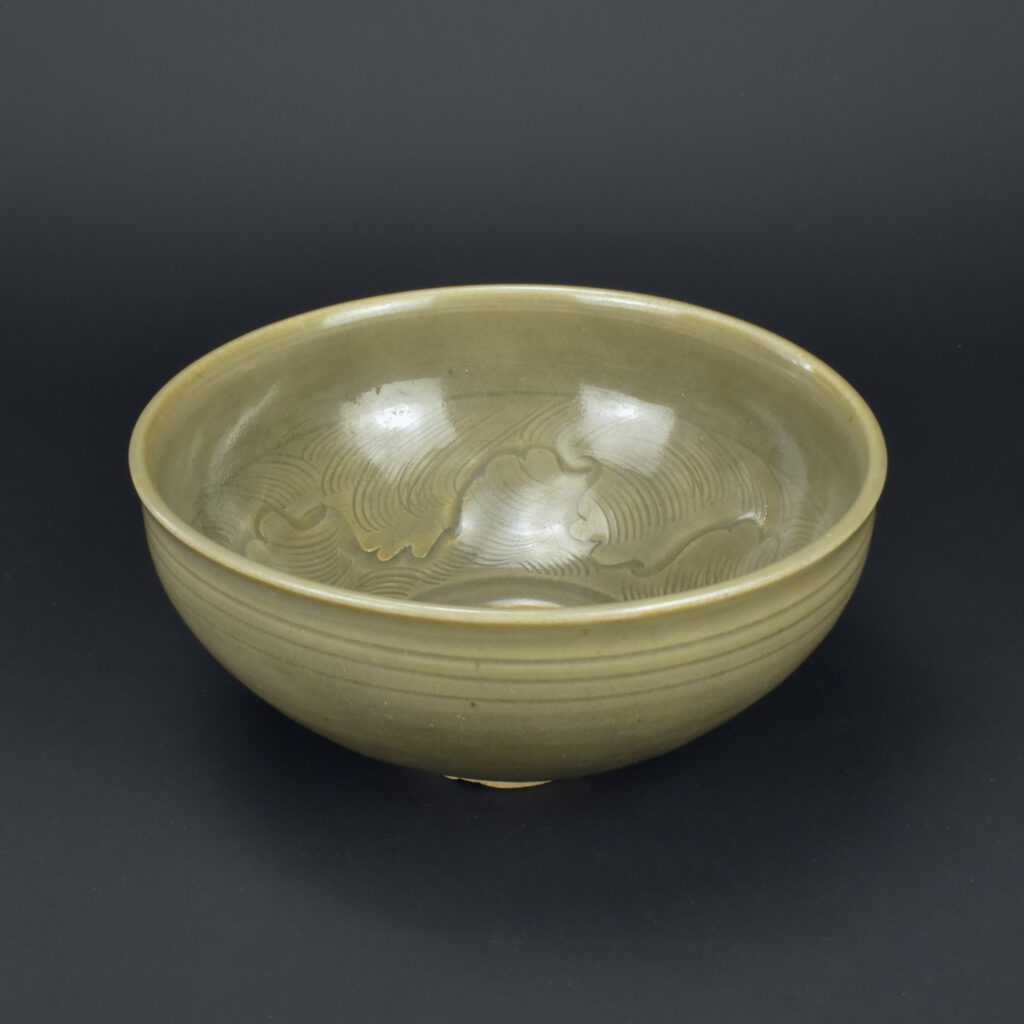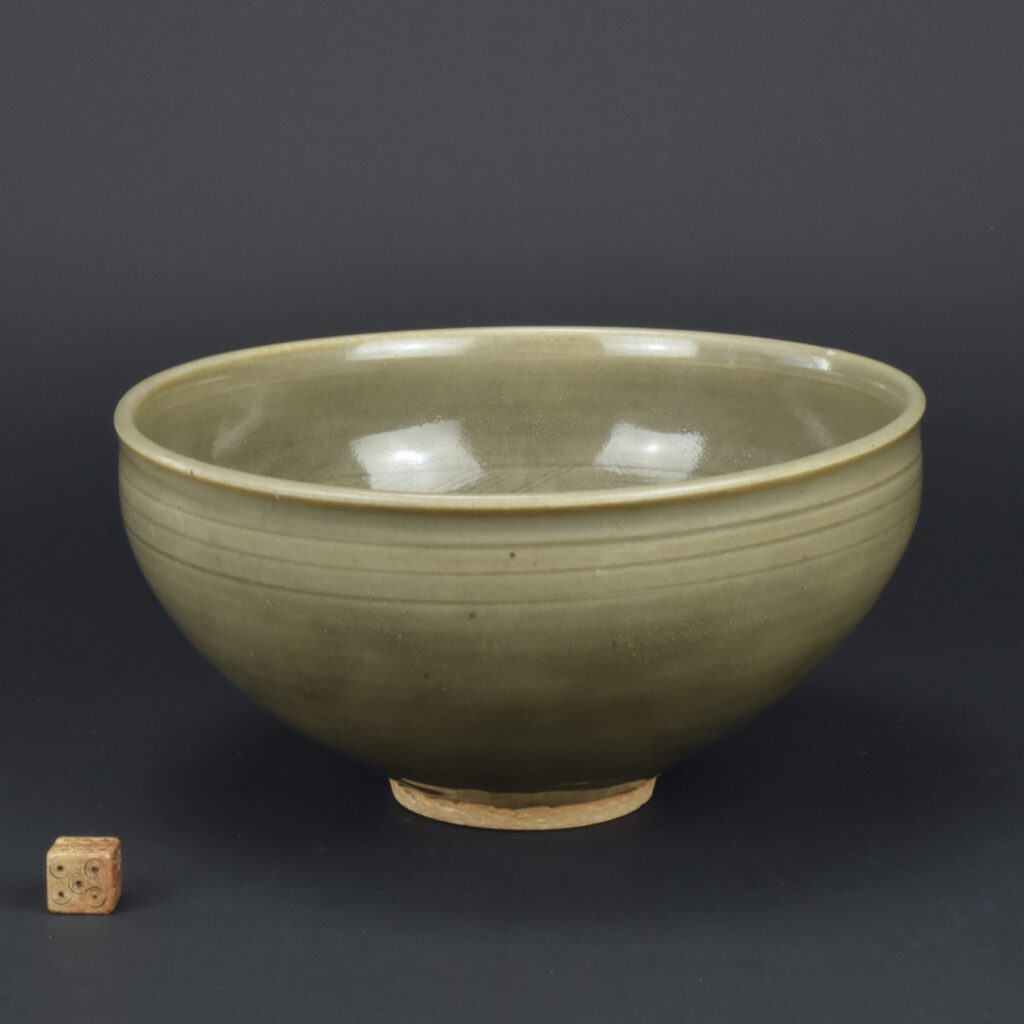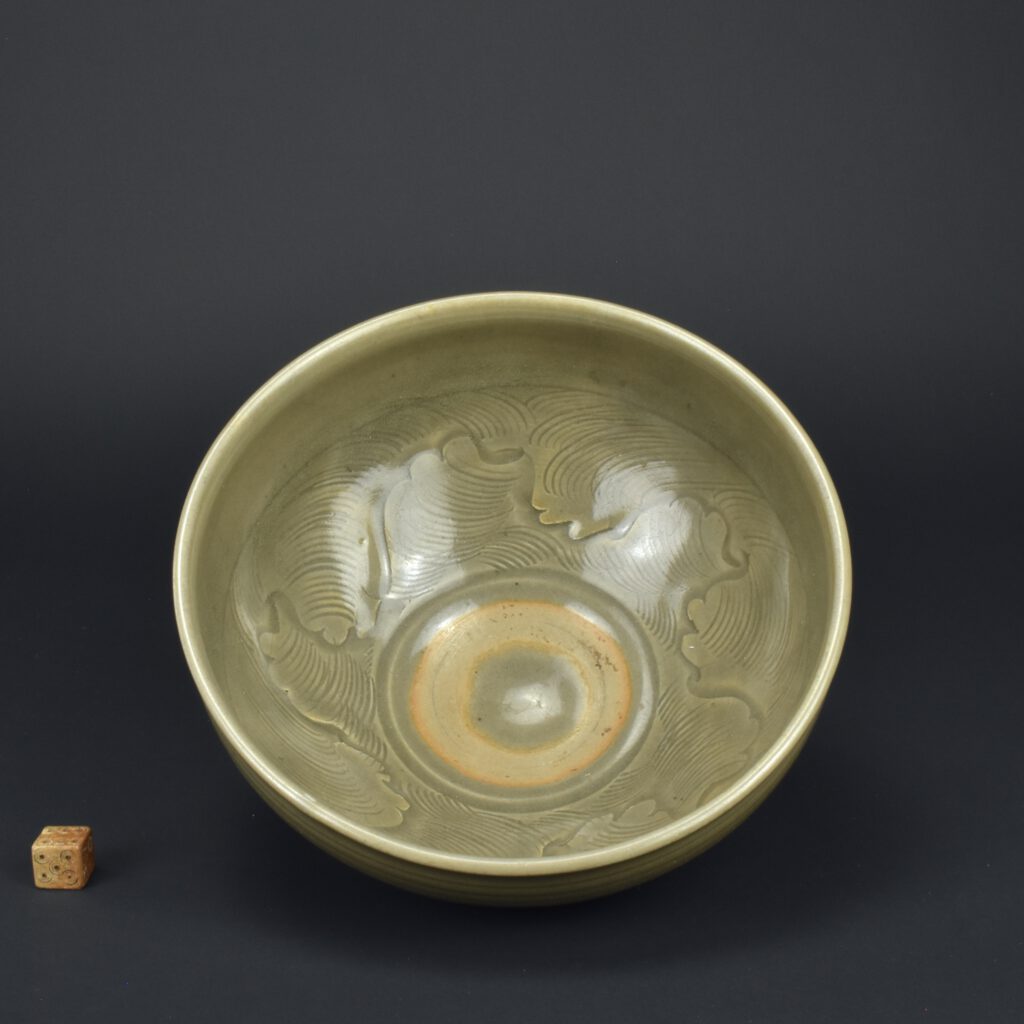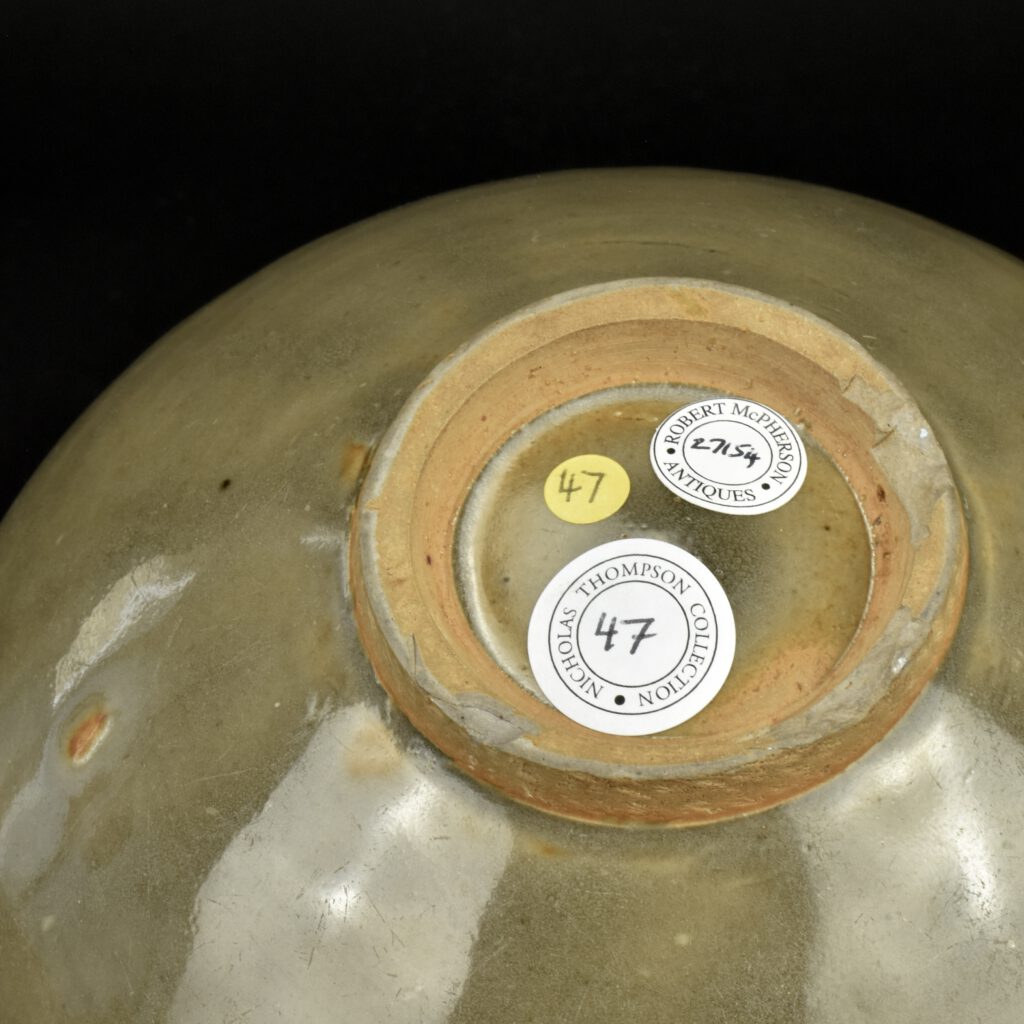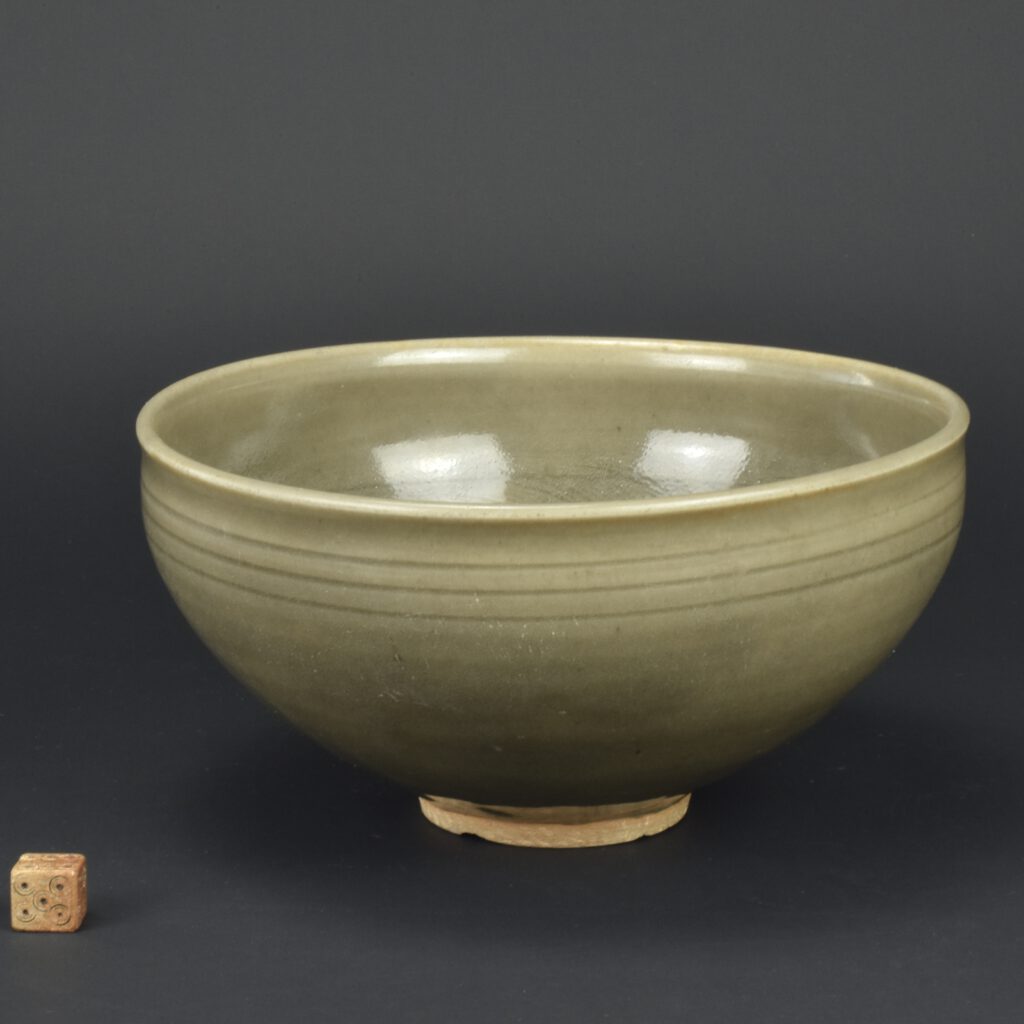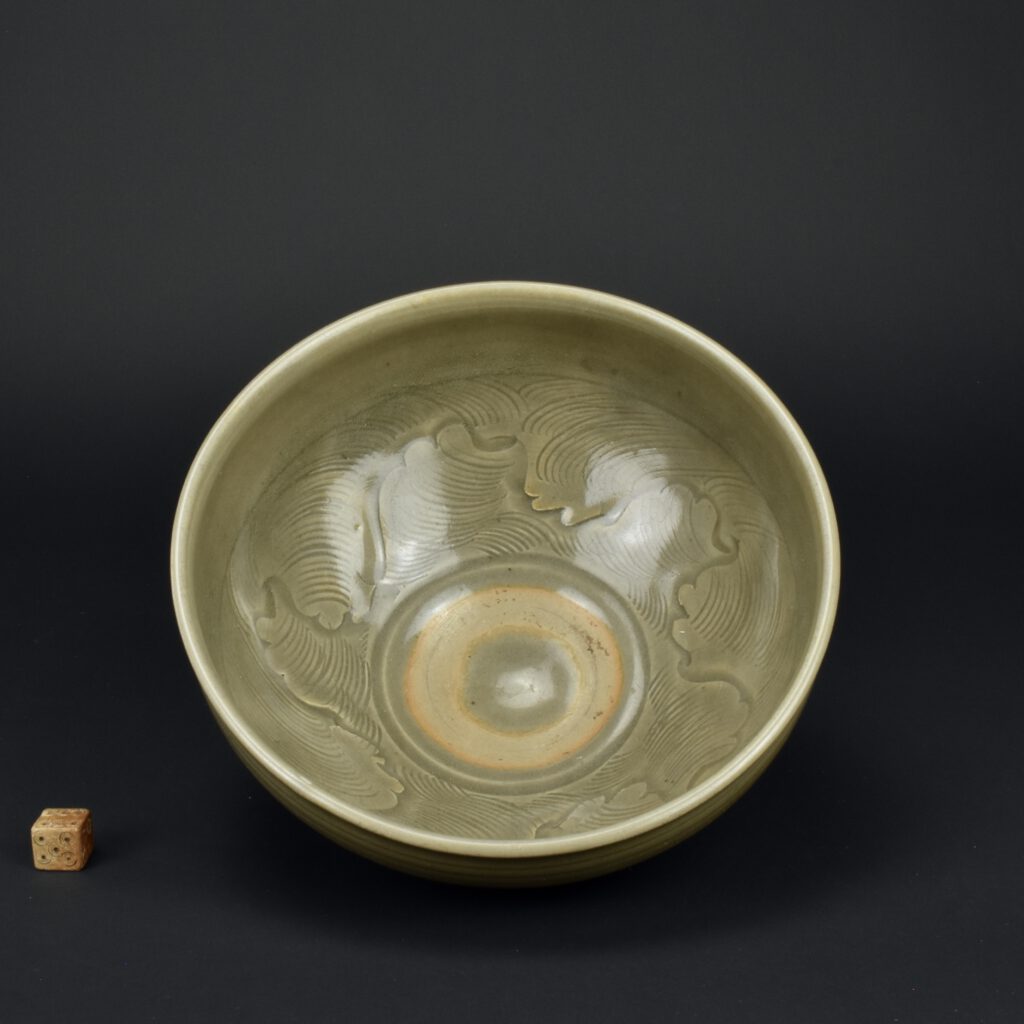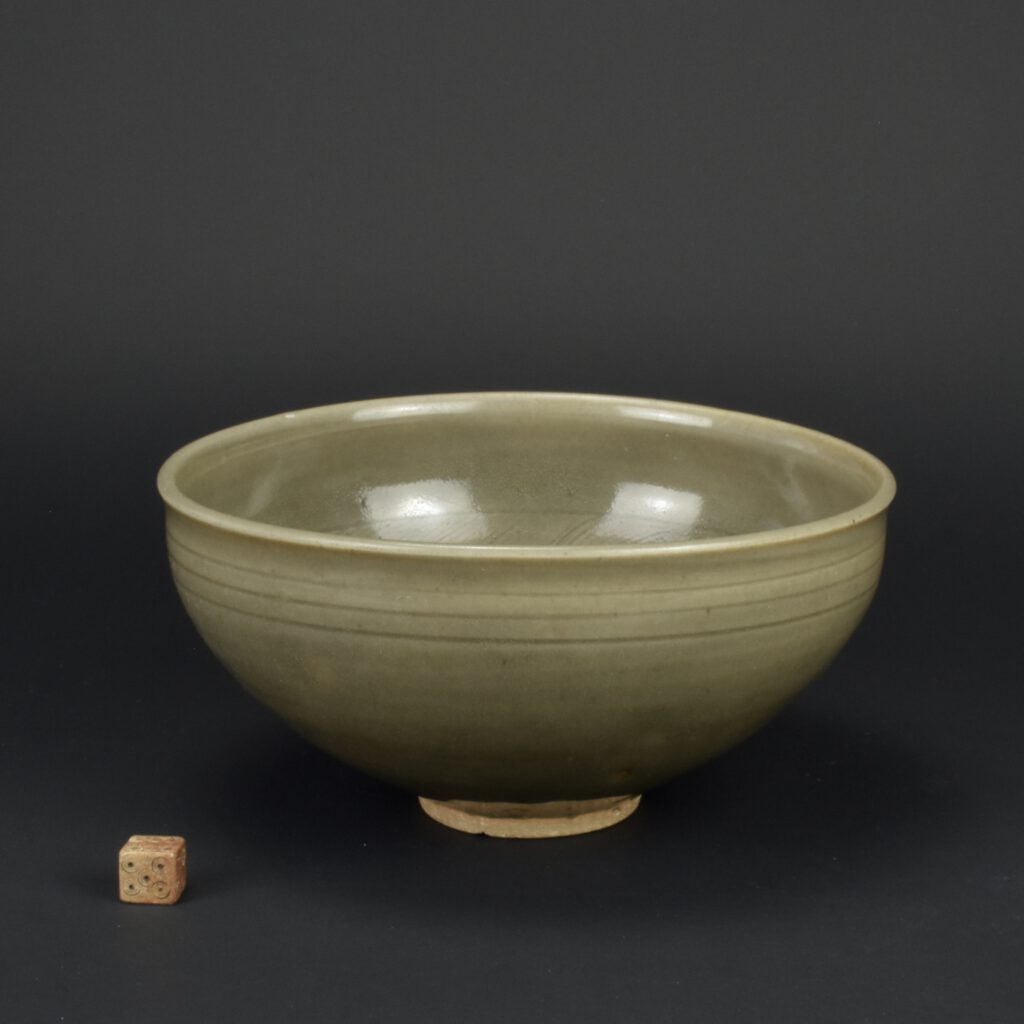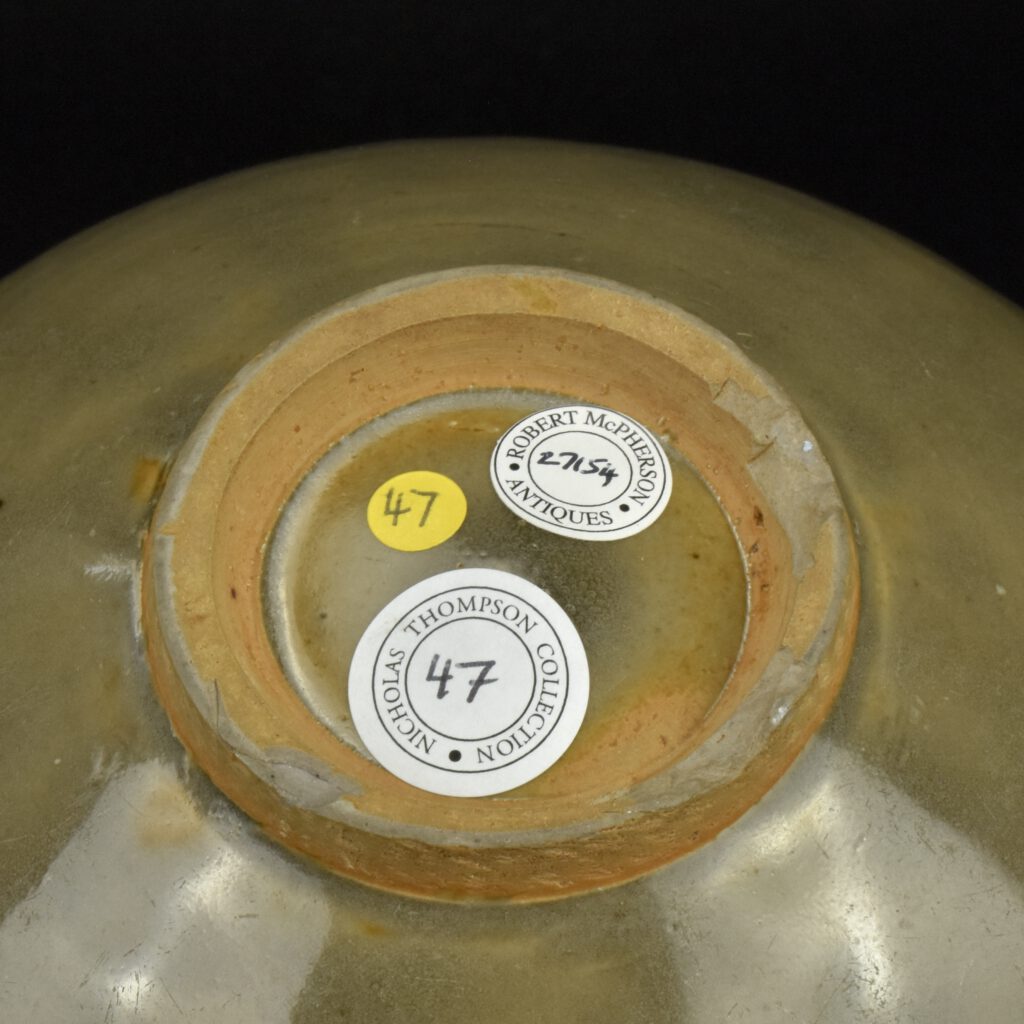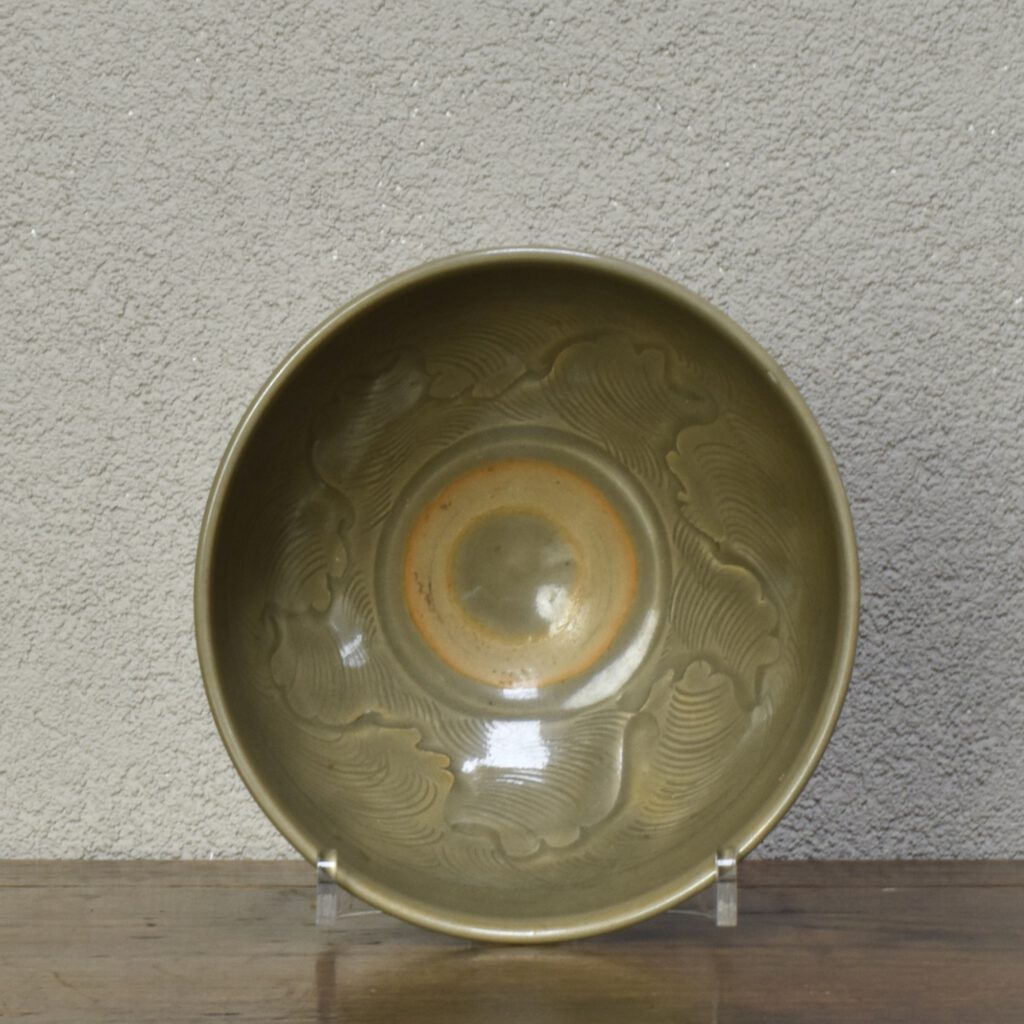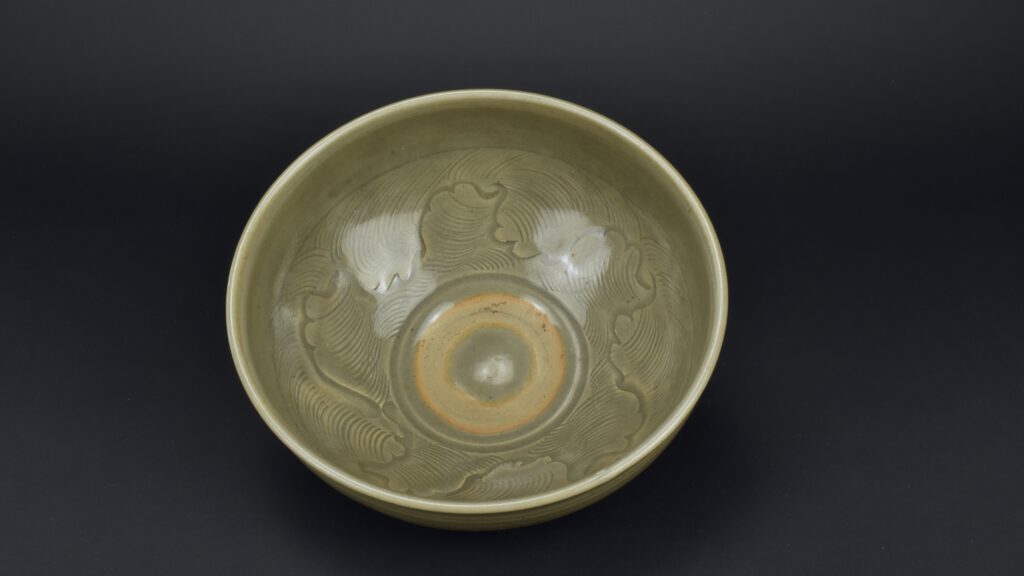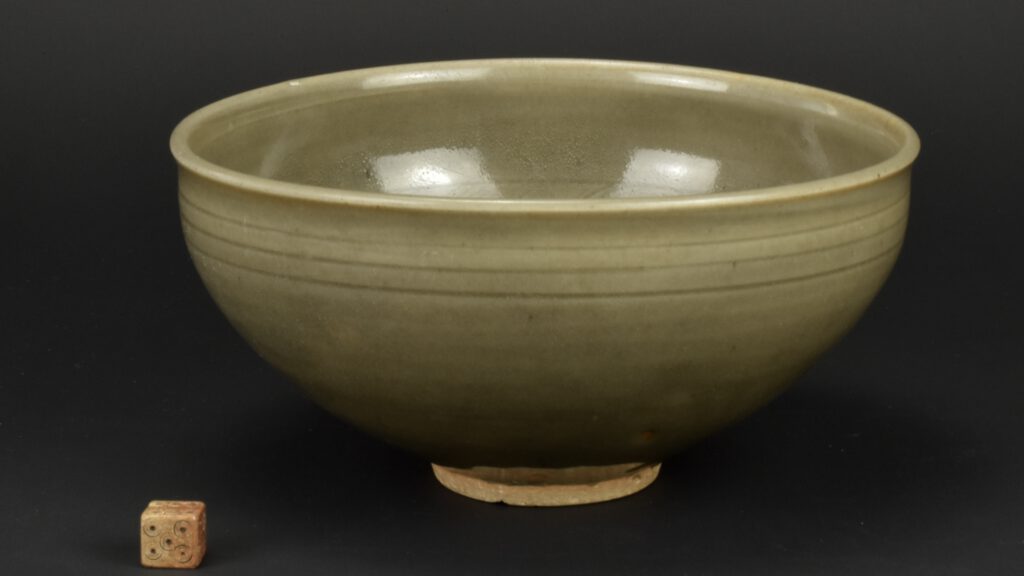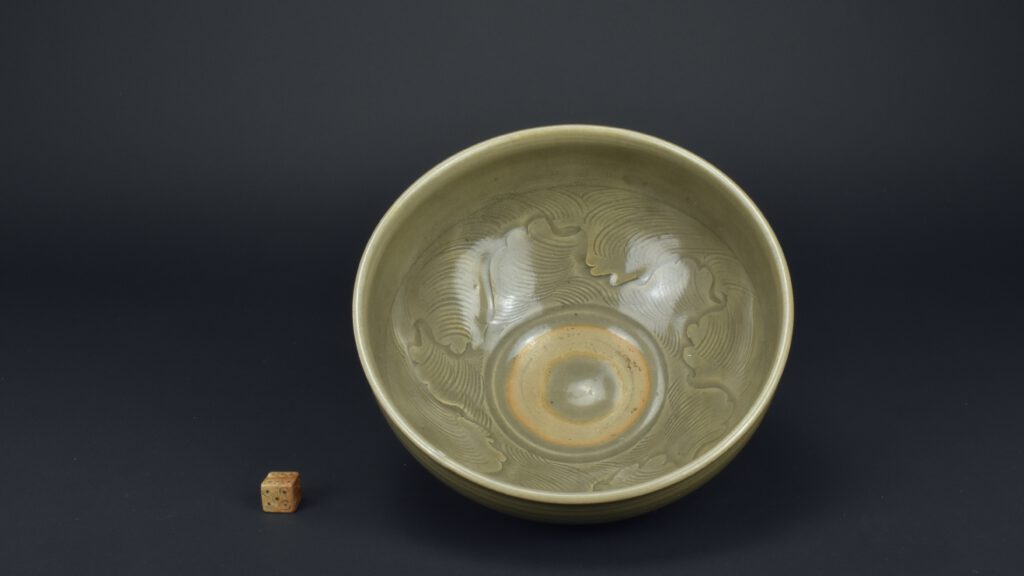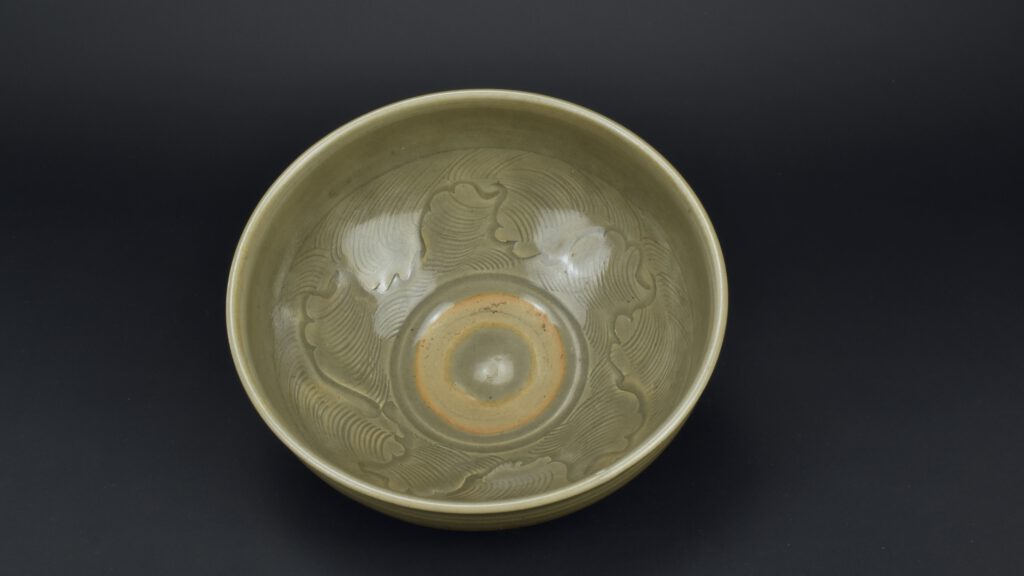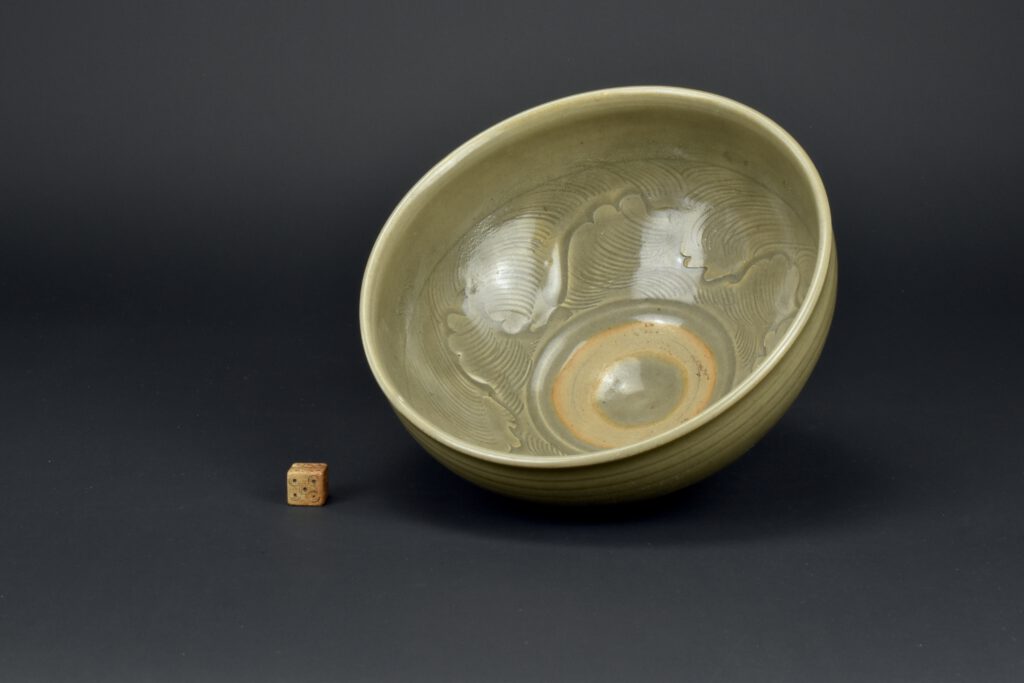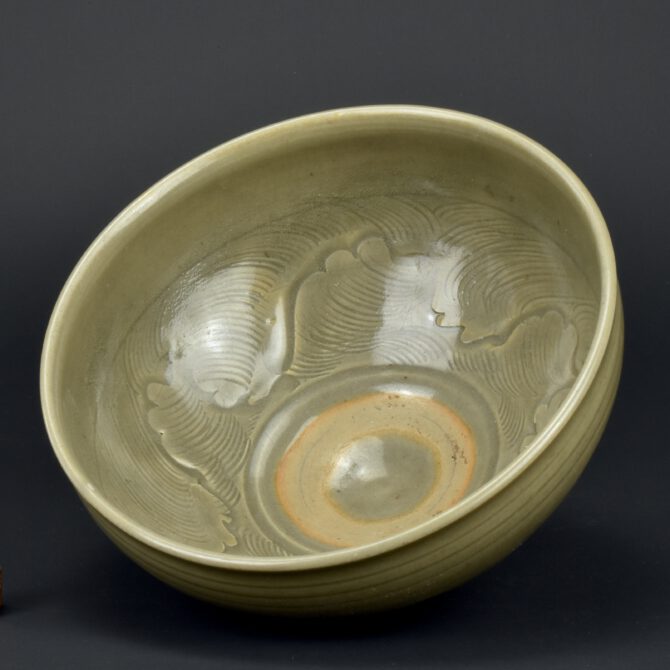
A Southern Song Yaozhou Carved Celadon Bowl
A Southern Song (1127-1279), Yaozhou Bowl, Yaozhou Kilns, Shaanxi Province. Nicholas de la Mare Thompson (1928-2010). This Yaozhou Celadon bowl flares out from the foot, then it is vertical, just before the top it slightly curved in, finishing with an out-turned lip. This bowl is relatively large for Yaozhou celadons and would have been fired with other bowls sitting on the unglazed rim in a stack. This would mean a group of bowls could be fired stacked together in one ‘saggar’ (a very rough stoneware surround, which protects ceramics from uneven temperatures and potential hazards, such as smoke). Using one saggar for several bowls saves precious space in the kiln. The design to the cavetto is of crashing waves, falling over one another. This was achieved by cutting the edges of the waves into the clay, using a knife at an angle, then using a comb to add lines of texture. The design is dramatic, helped by the fact the cut and combed marks were done at great speed. The exterior is plain, apart from three neatly incised lines. The foot is unglazed and has fired pale red/orange due to iron-oxides rising to the unglazed areas of the bowl. A Southern Song ‘Wave’ Bowl from Mineo Hata was sold at Sotheby’s Hong Kong, see ‘Information’ below the Photograph Gallery.
Yaozhou Celadon ware comes in many forms, but small crisply moulded or carved bowls were a popular product, as were miniature press-moulded figures or animals, toys and everyday utensils. The Yaozhou kilns main production at Shaanxi was celadon, but they also produced black and brown wares as well.
Song Yaozhou glazes are rather different to both earlier and later Chinese Celadons. Later celadons from Longquan of the Yuan and Ming Dynasties have a very thick rich glaze suffused with bubbles throughout, these diffuse the light hitting the glaze, creating a very soft rich sheen. Yaozhou Celadons have a thinner glaze with smaller bubbles. Yaozhou celadons have a more obvious green than earlier wares, but the thinness of the glaze means that the ceramic body is far more likely to be visible than on Longquan celadons. The colour of Yaozhou celadons tends to be more towards olive green rather than the Longquan celadon which is normally richer and nearer a true green.
See Below For More Photographs and Information
SOLD
- Condition
- There are several chips to the foot, two of which are rather large and deep.The bowl has warped slightly in the kiln. Some wear and minor scratches.
- Size
- Diameter 17.1 cm (6.7 inches). Height 8.6 cm (3.4 inches).
- Provenance
- Robert McPherson Antiques, 20th of October 1997. Nicholas de la Mare Thompson (1928-2010).
- Stock number
- 2 7 1 5 4
- References
- A very similar Southern Song Yaozhou 'Wave' Bowl from Mineo Hata Collection. It was Sold at Sotheby's Hong Kong on May 7th 2025, for 114,300 Hong Kong Dollars (£10,621 or $14,560). I strongly suspect the photograph they illustrate has had the colour enhanced, see 'Information' below the Photograph Gallery lower down on the page for a photograph of the Sotheby's bowl and a link to their website.
Information
A Southern Song Yaozhou 'Wave' Bowl from Mineo Hata Collection.
Was Sold at Sotheby's Hong Kong on May 7th 2025, for 114,300 Hong Kong Dollars.
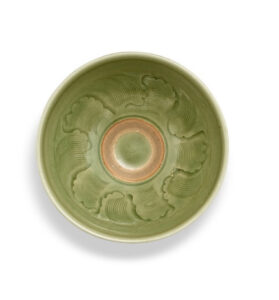
Nicholas de la Mare Thompson (1928-2010).

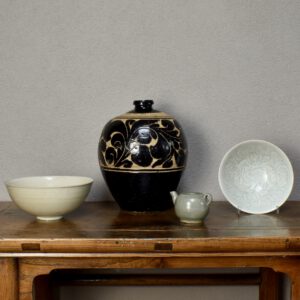
Nicholas de la Mare Thompson, the grandson of the author Walter de la Mare spent his career in publishing. He started at Nesbit where he was editor of the Janet and John series of children’s books but not all of his career was so safe. He wrestled with W.H. Smith over the content of Madonna’s raunchy Sex book on behalf of Paul Hamlyn’s Octopus Group and defeated Margaret Thatcher over Spycatcher. He could not bare dogma or hypocrisy.
It was hardly surprising that as a committee member of the O.C.S. he had his own ideas. He read and could recite great swaths of the articles of the Society, he used this not to attack but to stimulate debate. He approached the Society in the same way as he approached his understanding of Chinese ceramics, by stripping it down and starting again using clear empirical thinking. He was very concerned the Society was open to all and was run for the benefit of all members.
A Small Yaozhou Bowl from the Collection of Nicholas Thompson.
Robert McPherson Antiques - Sold Archives - 24910.
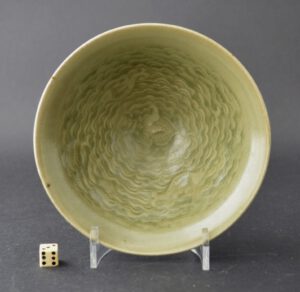
Nicholas came from a family of collectors, his love of oriental ceramics was broad but his focus was on early monochromes, especially those from the Song dynasty. He bought what he loved, what he thought had merit, not what was said to be good, and certainly not anything because it was fashionable. He didn’t have a stamp collectors’ approach, filling in the gaps of pre-existing ordered collection, rather he would react to an object, feeling it was right for his collection. Sometimes he wasn’t sure if it was right for his collection or not. He would then “borrow” pieces and live with them, other times he would ask his wife Caroline, who’s eye he trusted, if he should keep the piece or not. He was amused because I was often able to know if he would keep a piece before he did. We discussed “pots” endlessly, he loved to talk about ceramics with a wide variety of people and enjoyed the company of others on O.C.S. trips as well as in discussion groups or anywhere else. Later on he combined his love of Chinese ceramics with his love of books by extending his library to include rare early books, he used these to trace the development of collecting and scholarship in the 19th and early 20th century. He was fascinated by earlier scholarship, what was not understood but also what they understood, and we have lost. He was always reading and wanted to know more right up to the end, he didn’t see impending death as a barrier to knowledge or indeed collecting. The week before he died he questioned, if only for a second, whether it was too late to buy another pot for the collection. He concluded it was not, he was a true collector.
Nicolas died on the 25th of April 2010 at the age of 82 after living with cancer for two years. He leaves behind his energetically supportive wife Caroline and his three children. He was a kind, gentle and incredibly civilised man with a very sharp mind and dry sense of humour, he was passionate about the Society, its aims and its members. He was an incredibly supportive and thoughtful friend and will be missed very much.
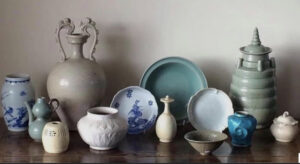
Chinese Celadon Ware
Celadon is a term used to describe several types of Chinese stoneware and porcelain, as well a ceramics from other countries, notably from Korea and Japan. The term is a imprecise one, applying to various types of green glazed ceramics, but not all ceramics with green glazes, there are several wares that have a green glaze that are not refereed to as celadon. For example Green Jun and Ge Ware. For this reason there has been a move to try to clarify the situation by using the term ‘Green Ware’. But for now Celadon is a more familiar and therefore useful term. The origins of the term Celadon are not clear, one theory is that the term first appeared in France in the 17th century and that it is named after the shepherd Celadon in Honoré d’Urfé’s French pastoral romance, L’Astrée (1627), who wore pale green ribbons. (D’Urfe, in turn, borrowed his character from Ovid’s Metamorphoses.) Another theory is that the term is a corruption of the name of Saladin, the Ayyubid Sultan, who in 1171 sent forty pieces of the ceramic to Nur ad-Din, Sultan of Syria. Yet a third theory is that the word derives from the Sanskrit sila and dhara, which mean “stone” and “green” respectively.
Celadon ware originated in Zhejiang Province in the Eastern Han Dynasty, however green monochrome glazes can be found on stoneware much before that date. Zhejiang is were the famous Longquan Celadons were made but Celadon wares were also produced at Jiangsu, Hubei, Hunan and Jiangxi. The production of Celadon Ware required a reducing atmosphere of around 1300 degrees C., the colouring agent was a mixture of iron oxide and titanium. The glaze was applied very thickly, and was full of tiny bubbles which defuse the light giving the appearance of richness and softness.
